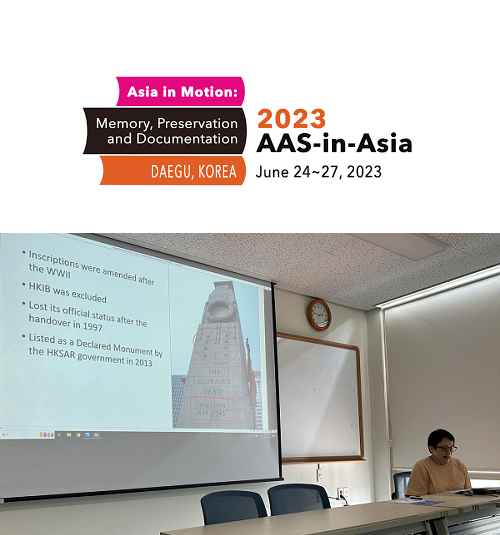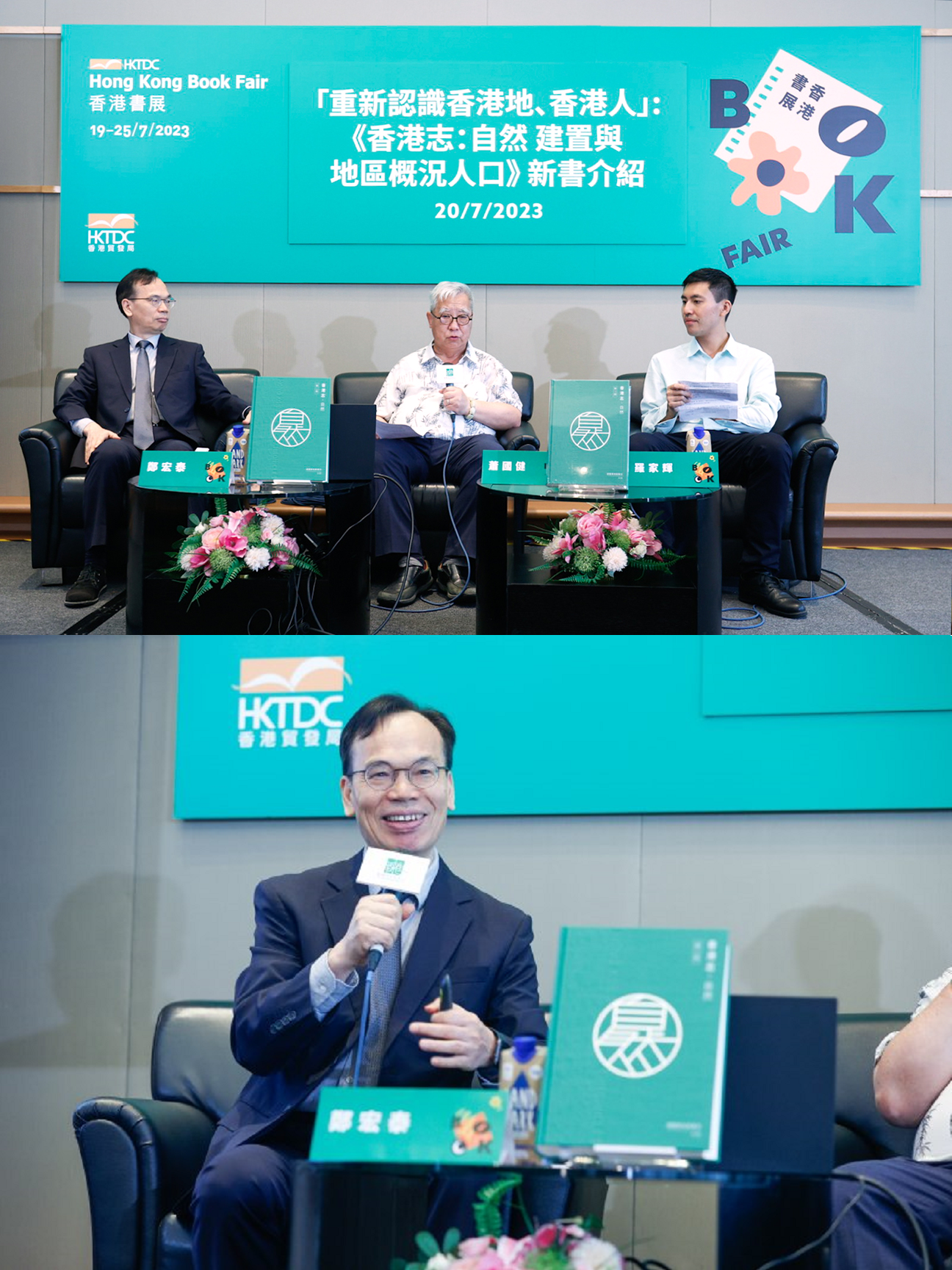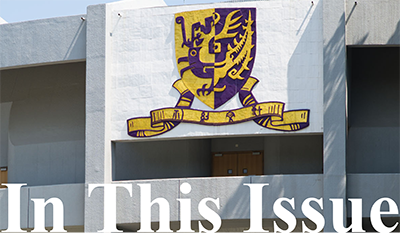Centre for Social and Political Development Studies
2023 AAS-in-Asia Conference – Asia in Motion: Memory, Preservation and Documentation
09:30–11:00 (GMT+9) | 25 June 2023 | Kyungpook National University, Daegu, Korea

Dr Shuk-ying Lo used the Cenotaph and the Memorial Monuments for Sai Kung Martyrs During World War II as examples to examine the heritagization of war memorials in Hong Kong.
Inaugurated in 1923, the Cenotaph originally commemorated the war dead of World War I.
It also came to include those who died serving in World War II,
especially those who lost their lives in the Battle of Hong Kong and during the Japanese Occupation.
The Cenotaph was a venue for official war commemorations before the transfer of sovereignty over Hong Kong in 1997.
Although the Cenotaph was thereafter no longer an official site for war commemorations,
it became a Declared Monument of Hong Kong in 2013.
Veterans and the Ex-Servicemen’s Association continue to conduct ceremonies on Remembrance Sunday at the Cenotaph every year.
Meanwhile, the Memorial Monuments for Sai Kung Martyrs During World War II was dedicated to the Communist guerrillas who fought the Japanese invasion of Hong Kong.
With the financial support of the people of Sai Kung, the war memorial was unveiled in 1989.
The Sai Kung war monument had not been an official site of war commemoration even after the handover.
It was not until 2020 that the official status of the Sai Kung war memorial was raised.
This memorial was listed among the 3rd batch of State Facilities and Historical Sites Marking Resistance against Japanese Aggression by the State Council of the People’s Republic of China.
Although it is now a national historical site,
there has been no change in the participants and commemorative activities at the Sai Kung war memorial.
The heritagization of war memorials in Hong Kong has failed to reunite the Hong Kong people.■



